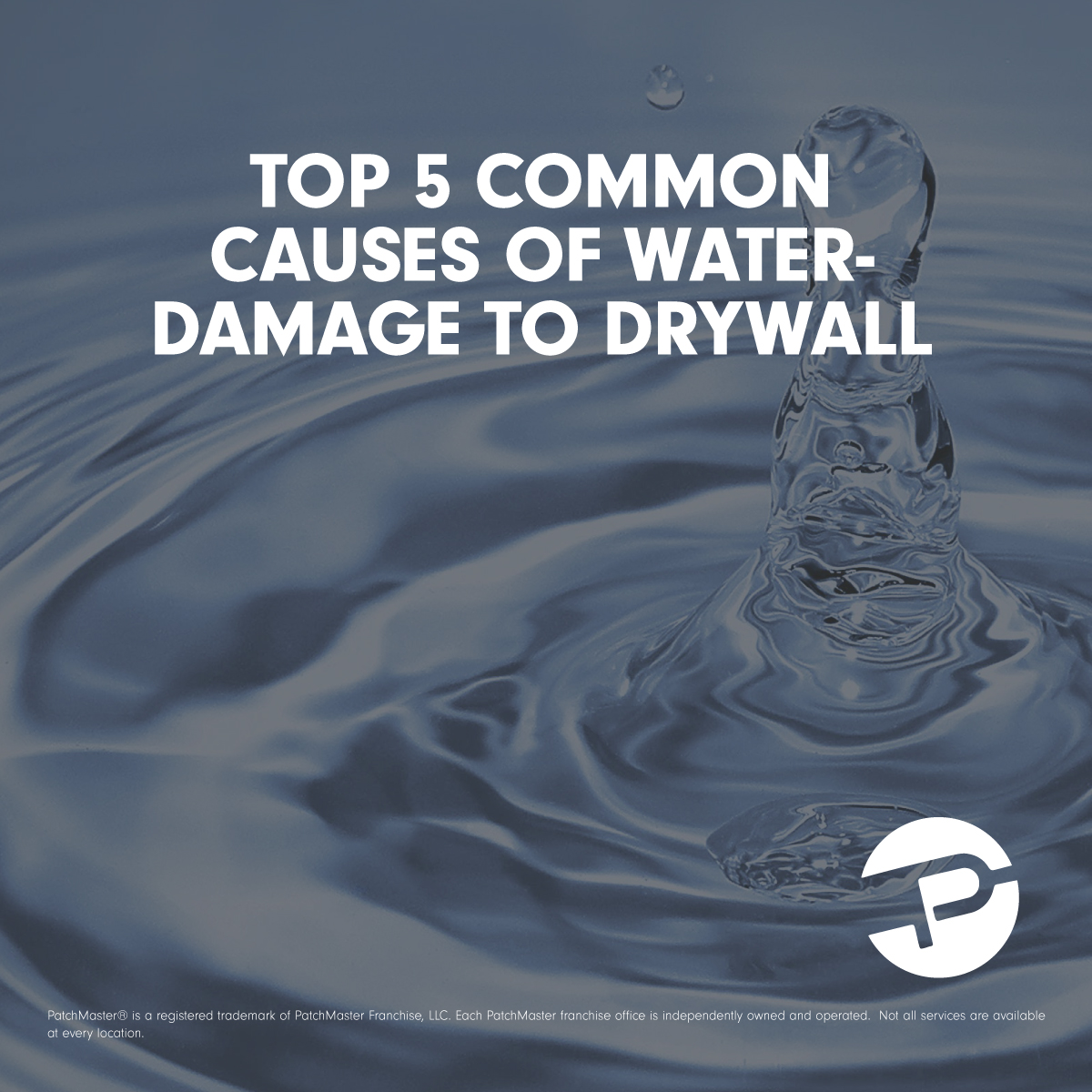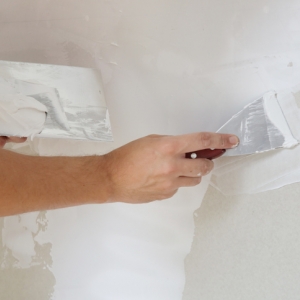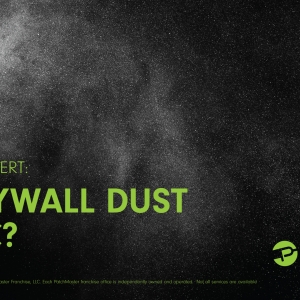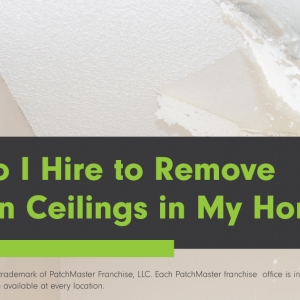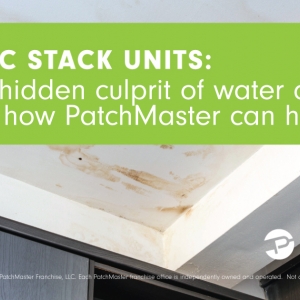Drywall is a fundamental building material found in most homes and commercial spaces. While it offers a smooth, paintable surface, it's also susceptible to water damage. Water damage to drywall can lead to structural issues, mold growth, and costly repairs. As the experts in drywall repair, PatchMaster Serving SW Orange County & Winter Park is here to shed light on the top 5 common causes of water damage to drywall and provide insights on how to address them.
1. Water Damage to Drywall From Roof Leaks:
A leaking roof is one of the leading culprits of water damage to drywall. Roof leaks can occur because of damaged shingles, deteriorated flashing, or improper installation. When rainwater seeps through the roof and into your attic or ceiling, it can saturate the drywall, leading to unsightly stains, sagging, and weakening of the structure.
How to Address It:
- Regularly inspect your roof for damaged shingles or flashing.
- Promptly fix any leaks or consider roof replacement if necessary.
- Repair or replace affected drywall sections and repaint.
2. Water Damage to Drywall From
Plumbing Failures:
Leaking or burst pipes are another common source of water damage. Plumbing failures can release a significant amount of water, whether a hidden pipe within your walls or a visible one under a sink. This moisture can penetrate the drywall, causing it to swell, warp, and eventually crumble.
How to Address It:
- Regularly inspect plumbing fixtures and pipes for leaks or corrosion.
- Repair or replace damaged pipes immediately.
- Dry out affected drywall thoroughly and replace as needed.
3. Water Damage to Drywall From
Appliance Malfunctions:
Faulty appliances, such as dishwashers, washing machines, and water heaters, can suddenly unleash water into your home. Over time, this consistent exposure can lead to drywall damage. The affected drywall may become discolored, develop a musty odor, or even crumble upon touch.
How to Address It:
- Routinely maintain appliances and replace aging or damaged parts.
- Install water leak detectors to alert you to potential issues.
- Inspect surrounding drywall for signs of damage and repair as necessary.
4. Water Damage to Drywall From
Basement Flooding:
Basements are particularly vulnerable to flooding, especially in regions prone to heavy rainfall or inadequate drainage systems. Water seeping into your basement can wreak havoc on the drywall, causing structural damage and mold growth.
How to Address It:
- Ensure proper basement waterproofing to prevent flooding.
- Install a sump pump and keep it well-maintained.
- Inspect basement drywall regularly for any signs of water damage.
5. Water Damage to Drywall From
Humidity and Condensation:
Excess indoor humidity, especially in areas with poor ventilation, can damage drywall water. This moisture can accumulate, causing drywall to soften, blister, and become a breeding ground for mold.
How to Address It:
- Use dehumidifiers to maintain optimal indoor humidity levels.
- Improve ventilation in areas like bathrooms and kitchens.
- Inspect and replace damaged drywall affected by condensation.
Conclusion: Water Damage to Drywall Needs to be Repaired By Professionals
Water damage to drywall is a common issue that homeowners and property managers face. However, understanding the primary causes and taking proactive steps to address them can mitigate the risk of drywall damage.
Should water damage occur, trust PatchMaster, the drywall repair experts, to restore your walls to their former glory. Don't let water damage dampen your space; act promptly, address the root causes, and keep your drywall pristine.
Contact PatchMaster Serving SW Orange County & Winter Park to schedule your drywall repair due to water damage today.
